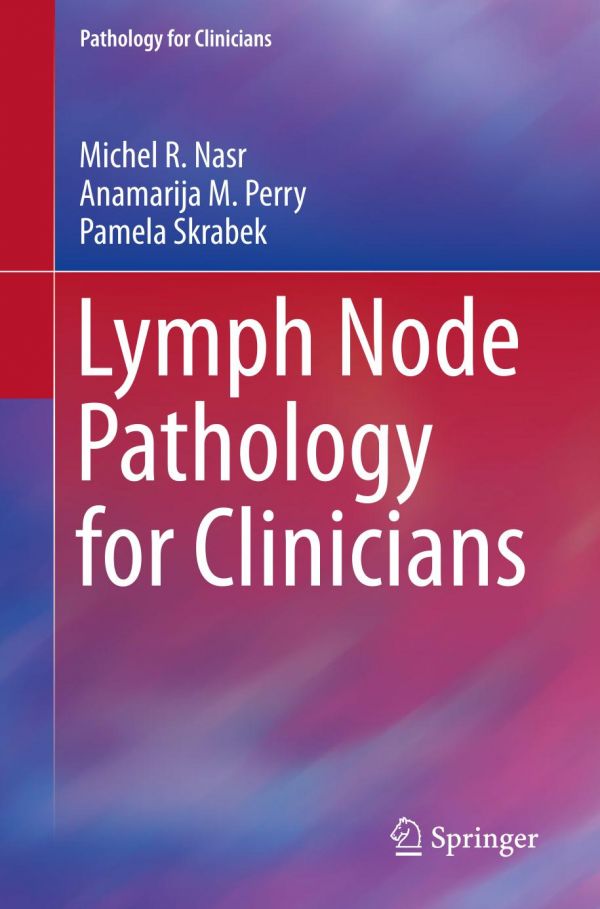

Most ebook files are in PDF format, so you can easily read them using various software such as Foxit Reader or directly on the Google Chrome browser.
Some ebook files are released by publishers in other formats such as .awz, .mobi, .epub, .fb2, etc. You may need to install specific software to read these formats on mobile/PC, such as Calibre.
Please read the tutorial at this link: https://ebookbell.com/faq
We offer FREE conversion to the popular formats you request; however, this may take some time. Therefore, right after payment, please email us, and we will try to provide the service as quickly as possible.
For some exceptional file formats or broken links (if any), please refrain from opening any disputes. Instead, email us first, and we will try to assist within a maximum of 6 hours.
EbookBell Team

4.7
76 reviewsLymph node pathology is a complex and rapidly evolving field that requires integration of morphologic findings with a number of ancillary studies, as well as clinical information, to diagnose neoplastic and non-neoplastic hematopoietic disorders. Lymphomas are currently classified according to the 2016 Revision of the World Health Organization (WHO) Classification, which emphasizes, and for some diagnoses mandates, the integration of clinical information in diagnostic decision making. Successful collaboration and teamwork between pathology and clinical specialties (especially hematology/oncology) are paramount for excellent patient care. In addition to diagnosis, pathology plays a significant role in lymphoma prognostication and therefore contributes to patient’s management and follow-up.
Lymph Node Pathology for Clinicians provides a concise overview of different entities in lymph node pathology with the primary audience being clinicians. Not all entities are covered, but, rather, the most common and/or clinically most relevant ones were included. This text is intended as a quick reference for a clinician to become familiar with pathologic aspects of lymphomas and the thought process of a pathologist. Particular consideration is given to relevant diagnostic and prognostic ancillary studies. Organized with an interdisciplinary approach for effective management of lymph node disorders, this text aims to educate our clinical colleagues on the most important aspects of lymph node pathology.